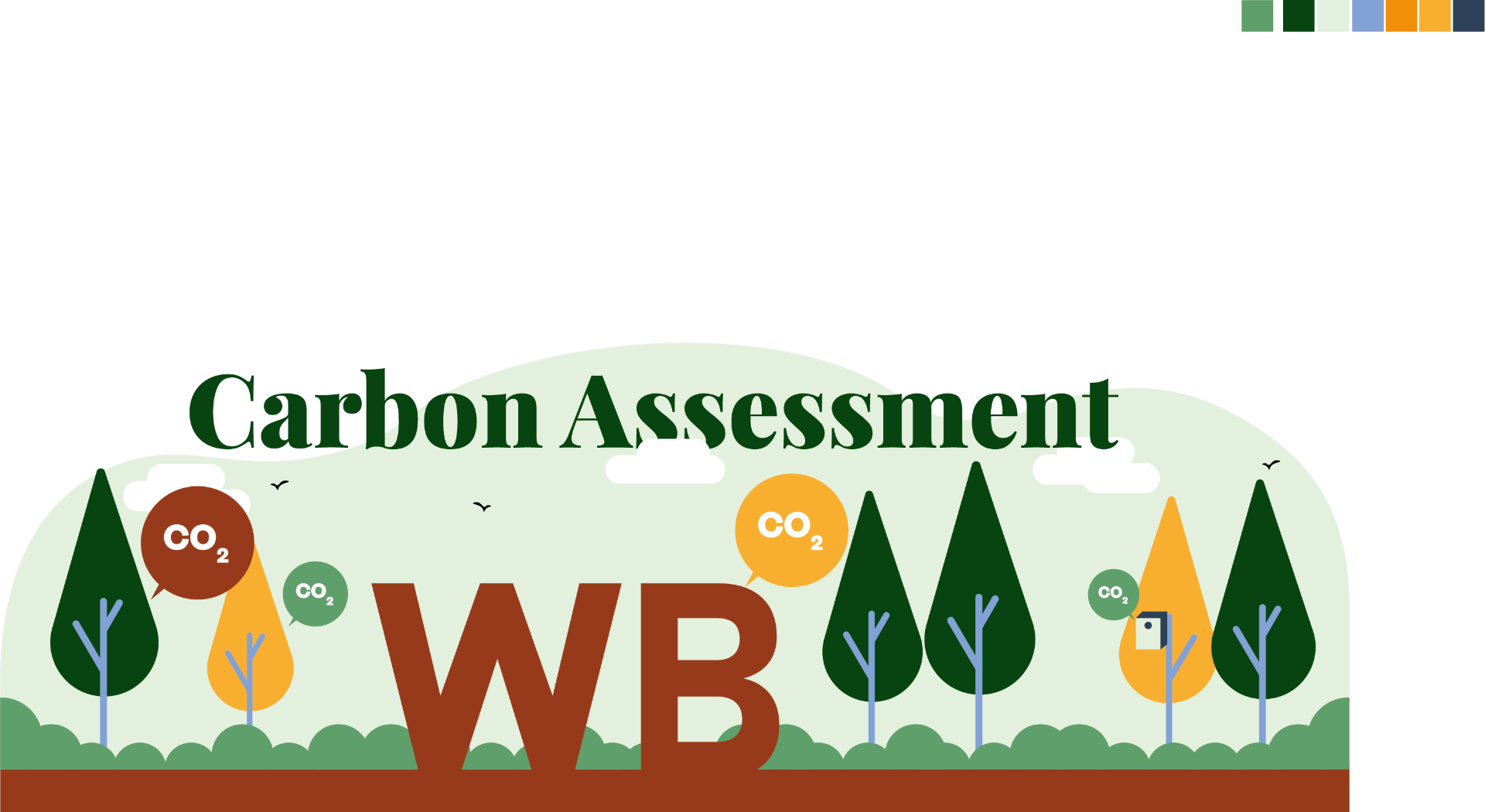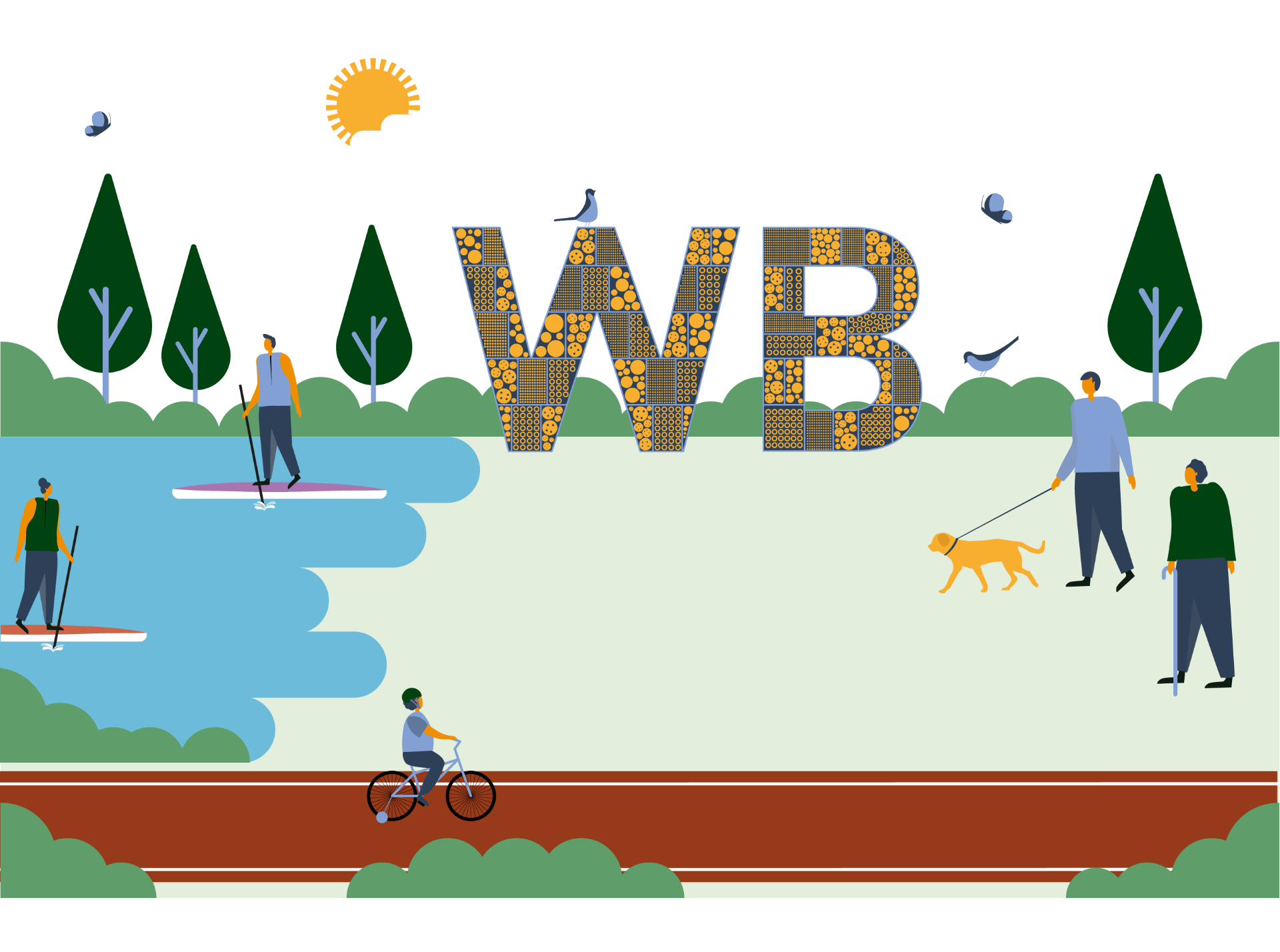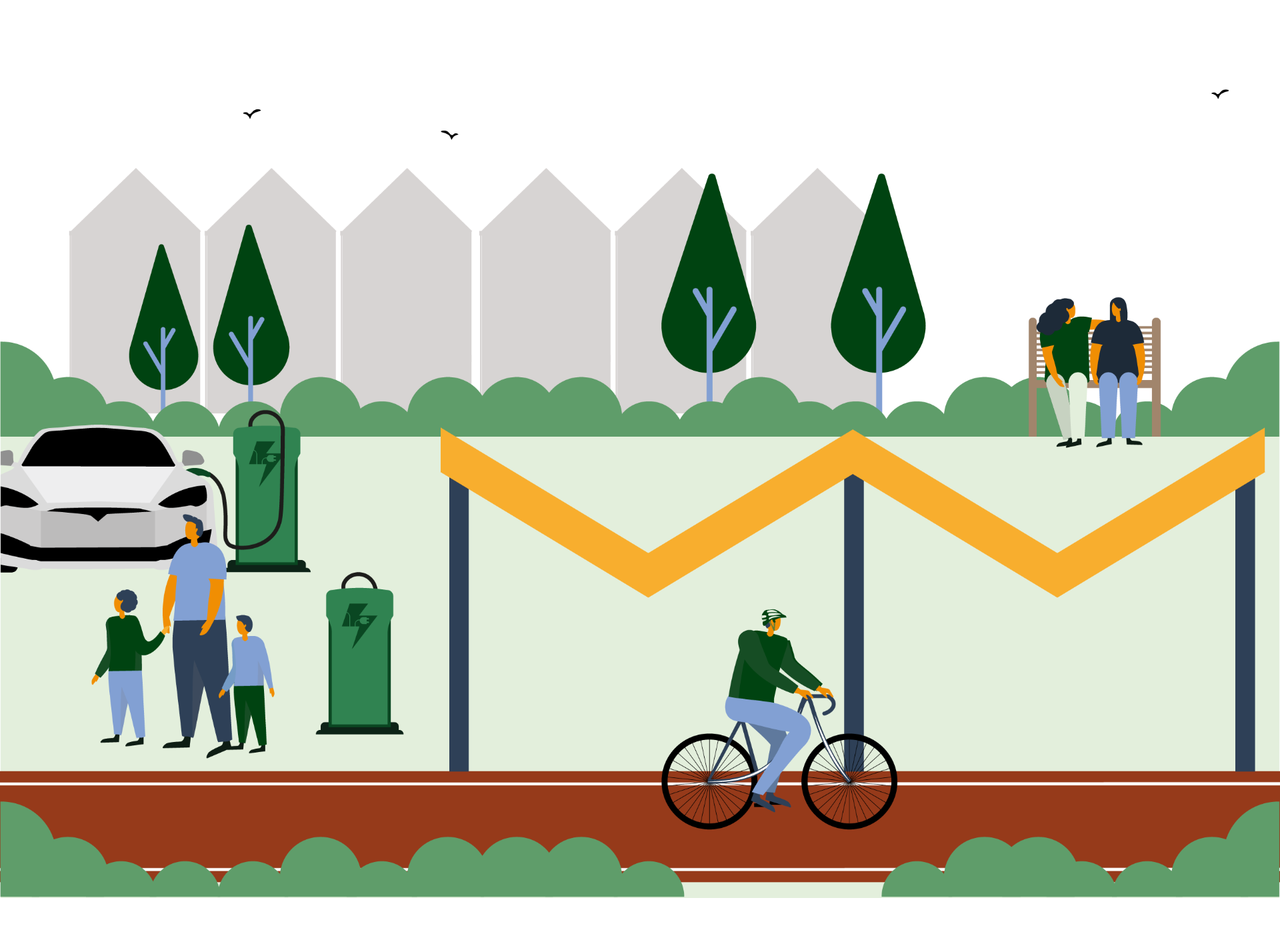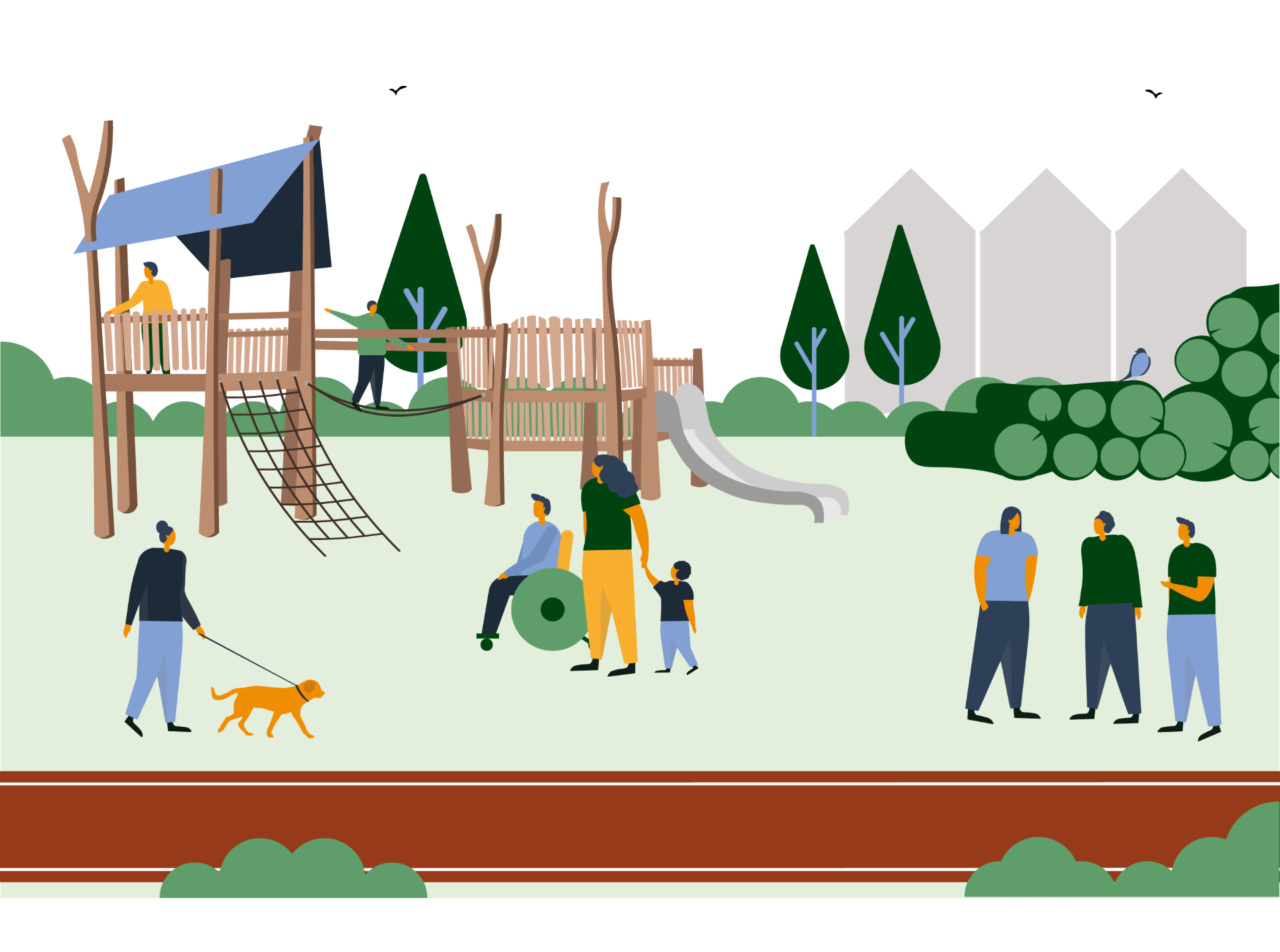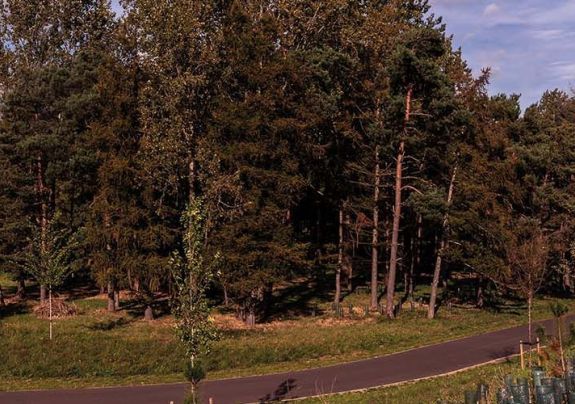U&C has for a long time understood the multifunctional nature of the green infrastructure we deliver across our sites. With our extensive tree planting, the creation of new habitats and enhanced existing features comes the sequestration of carbon from the atmosphere as one of the many ways we can take action against climate change. However, this benefit had not been quantified, nor had the impact of our soil management activities in preparing a site for development.
In 2022, Treeconomics was appointed to evaluate this net impact over the long term and recommended ways to maximise this benefit through more effective planting and soil management. At a portfolio level, the study revealed it will broadly take:
- <10 years for new and retained trees planted during the development process to recover the carbon lost from the trees removed in order to facilitate site development; and
- 50 years for the trees planted to sequester the equivalent amount of carbon that is lost through necessary habitat removal and soil disturbance at the pre-development stage.
The study made a clear recommendation which is now embedded in the U&C Biodiversity and Climate Action Toolkits – those sites retaining more trees and planting at scale (such as through woodland creation) will typically recover more quickly in terms of carbon storage and offset the impact of the development on soil.
The next steps for U&C will be to estimate the carbon value within pre-development soil and trees to help inform the masterplan on new sites and to develop processes and tools for effective decision making throughout the whole design, construction and operation of the development.
